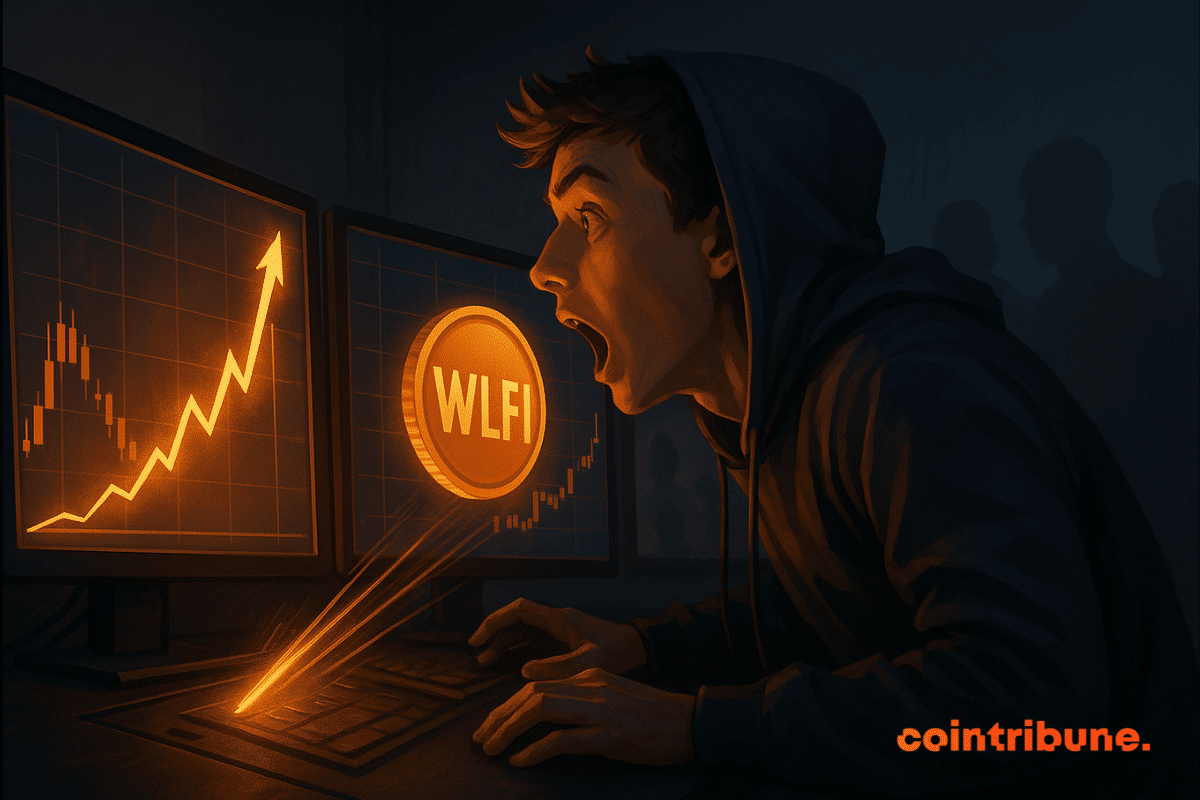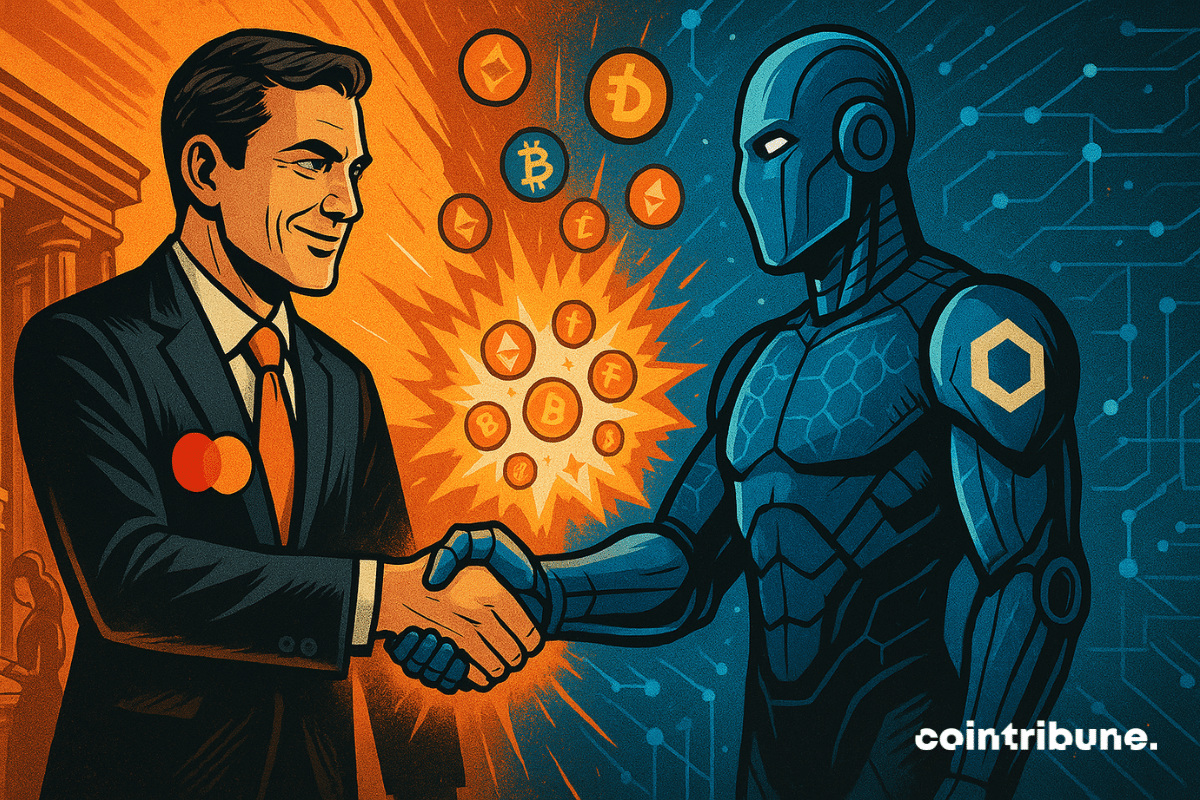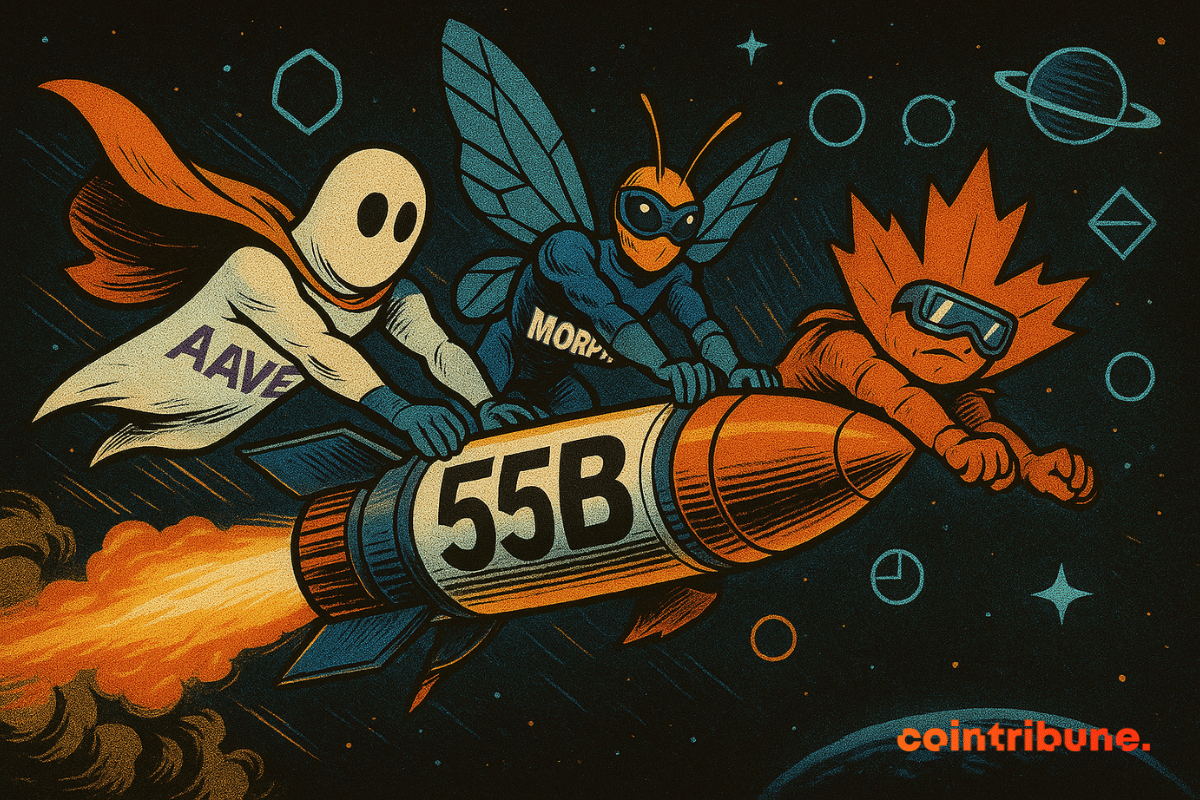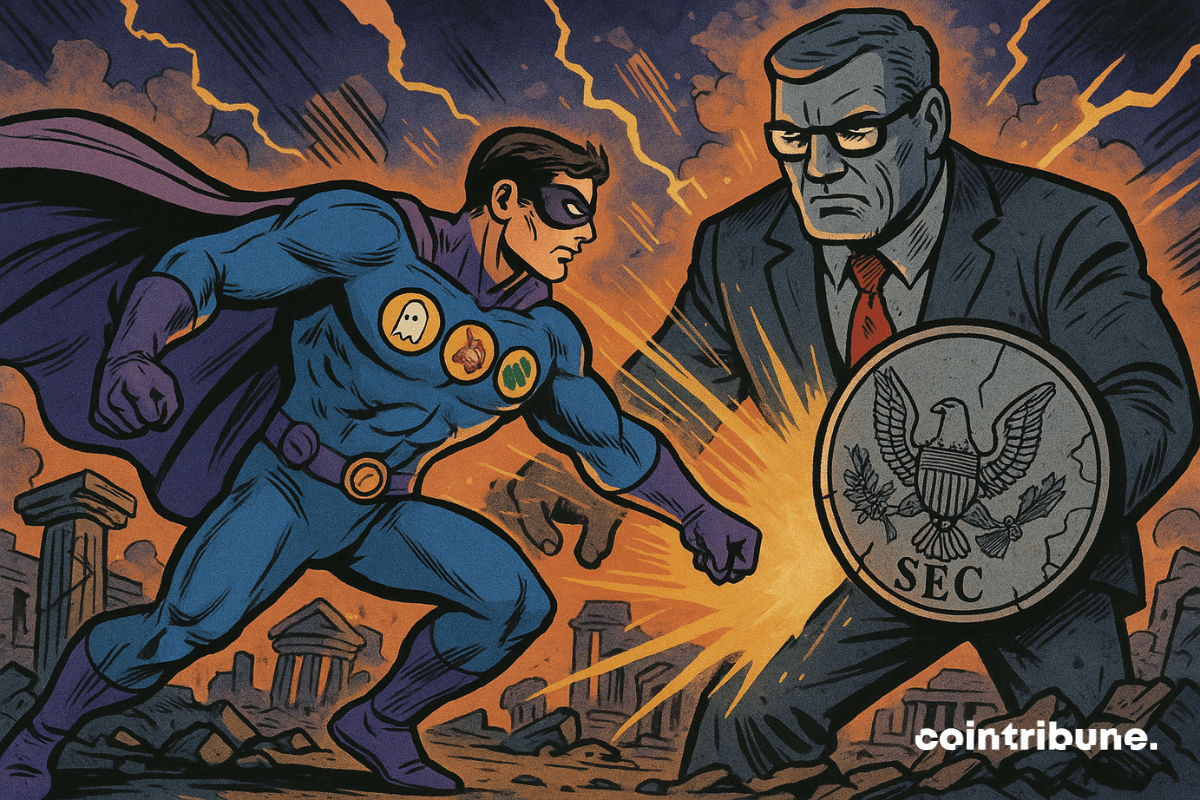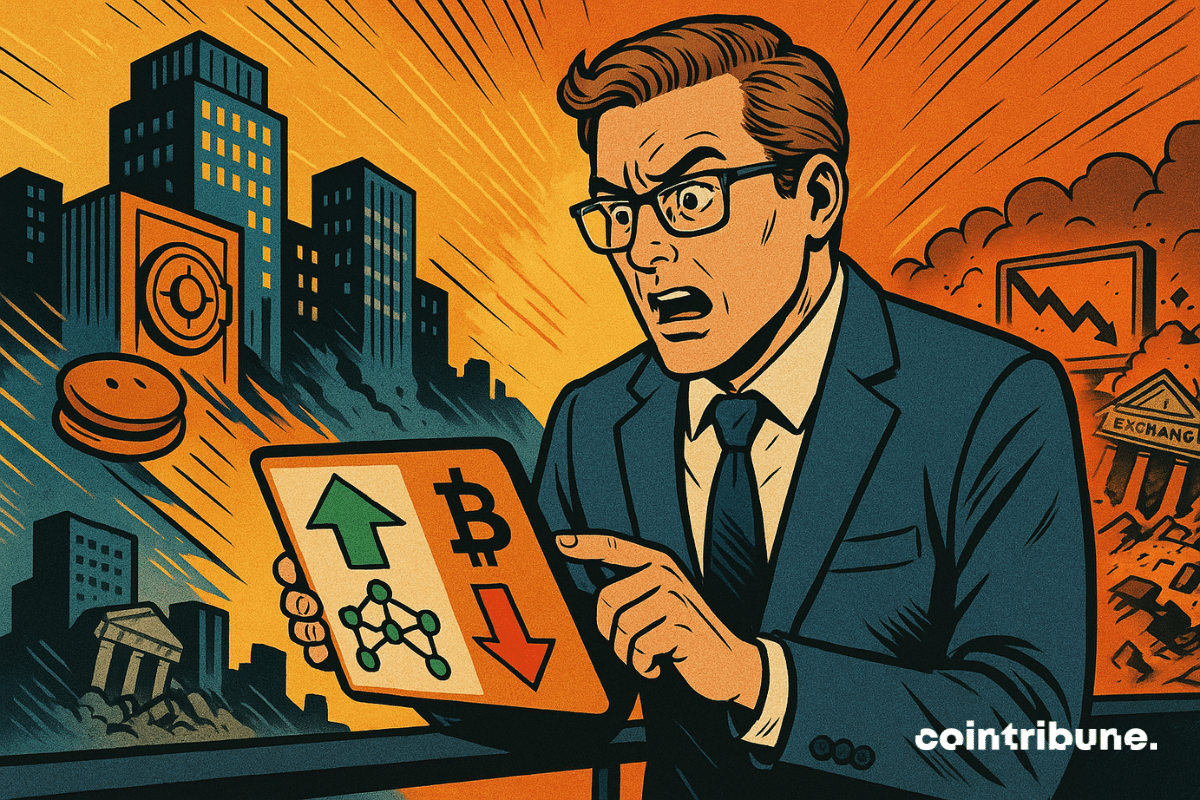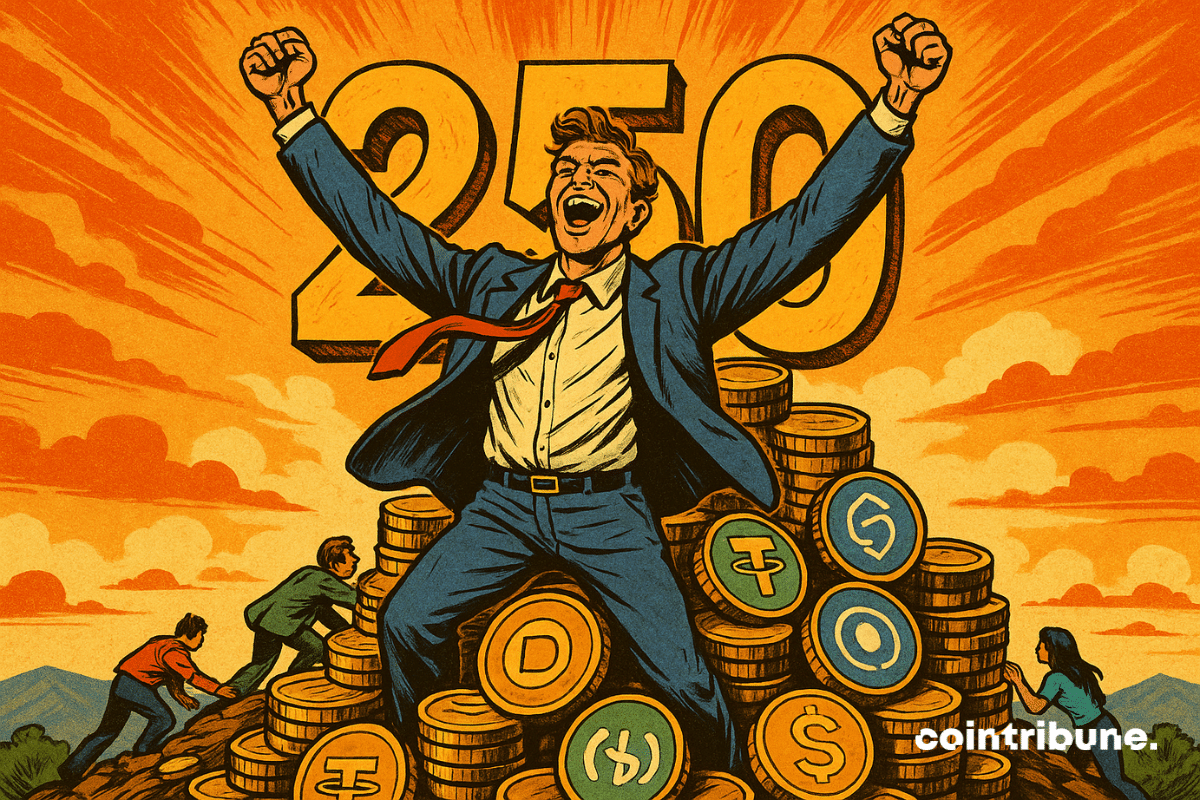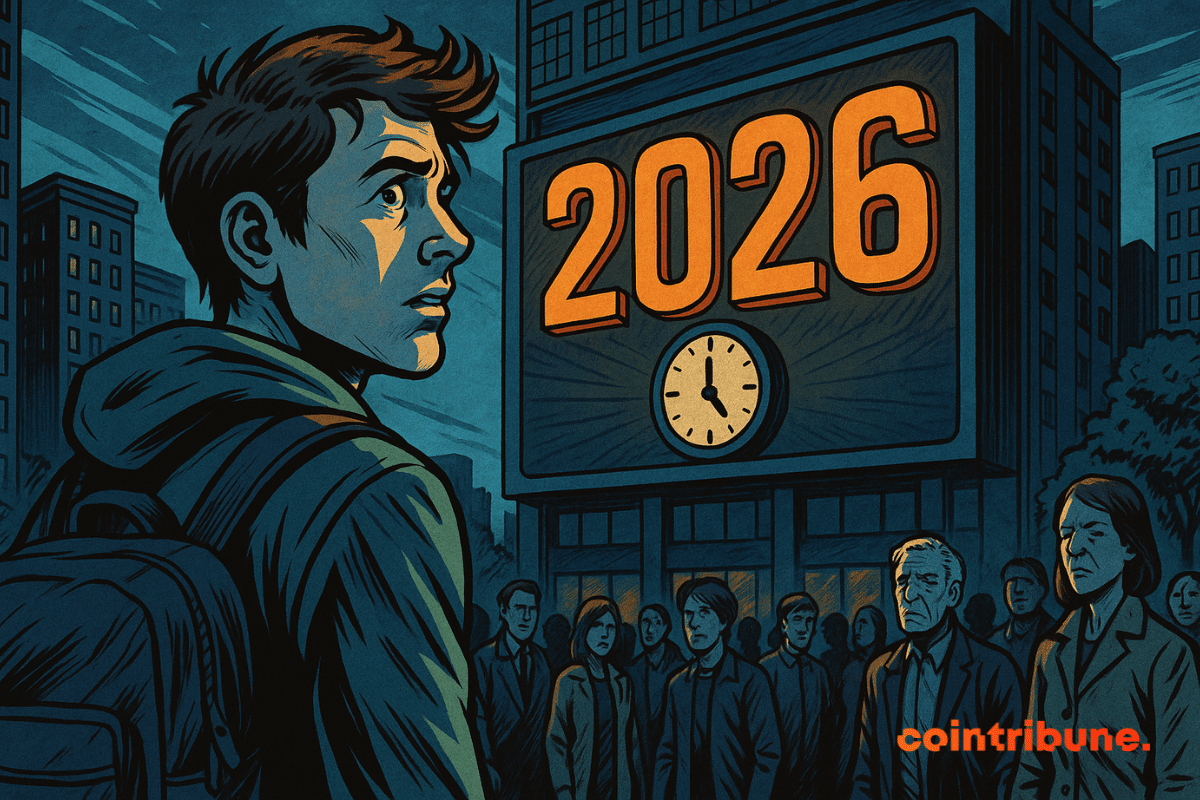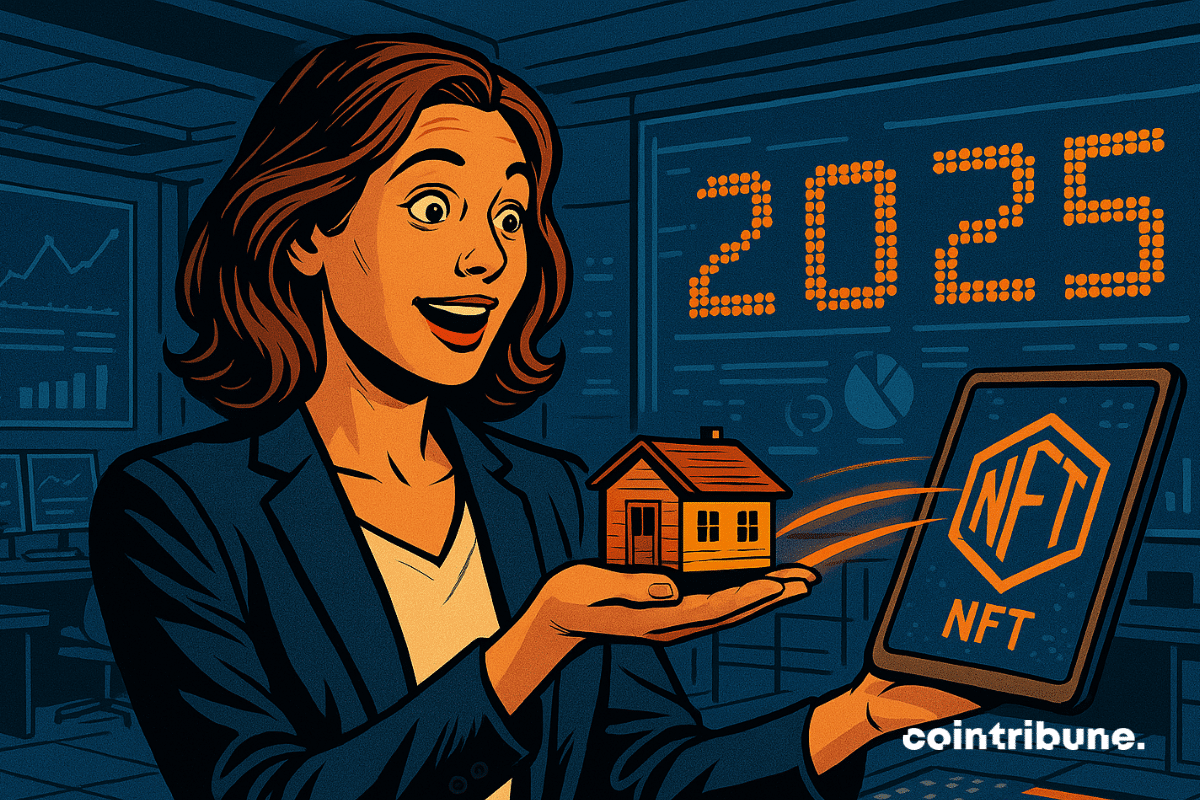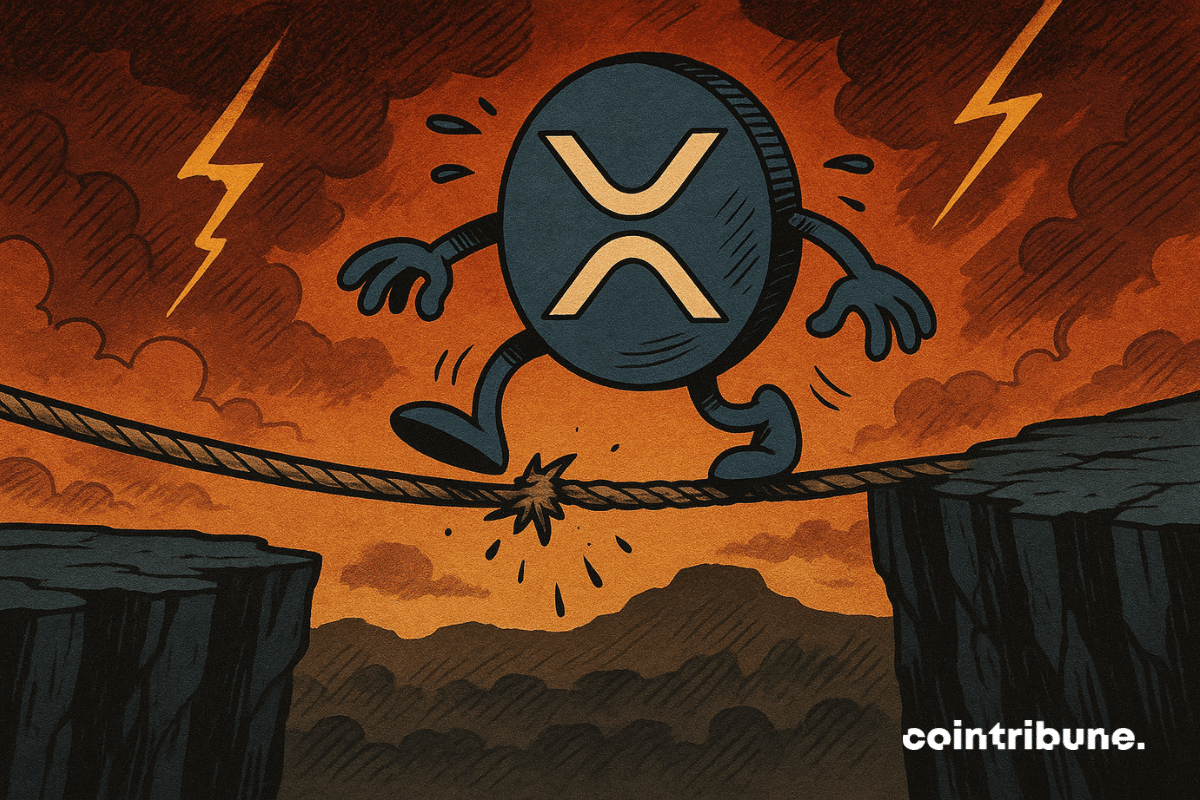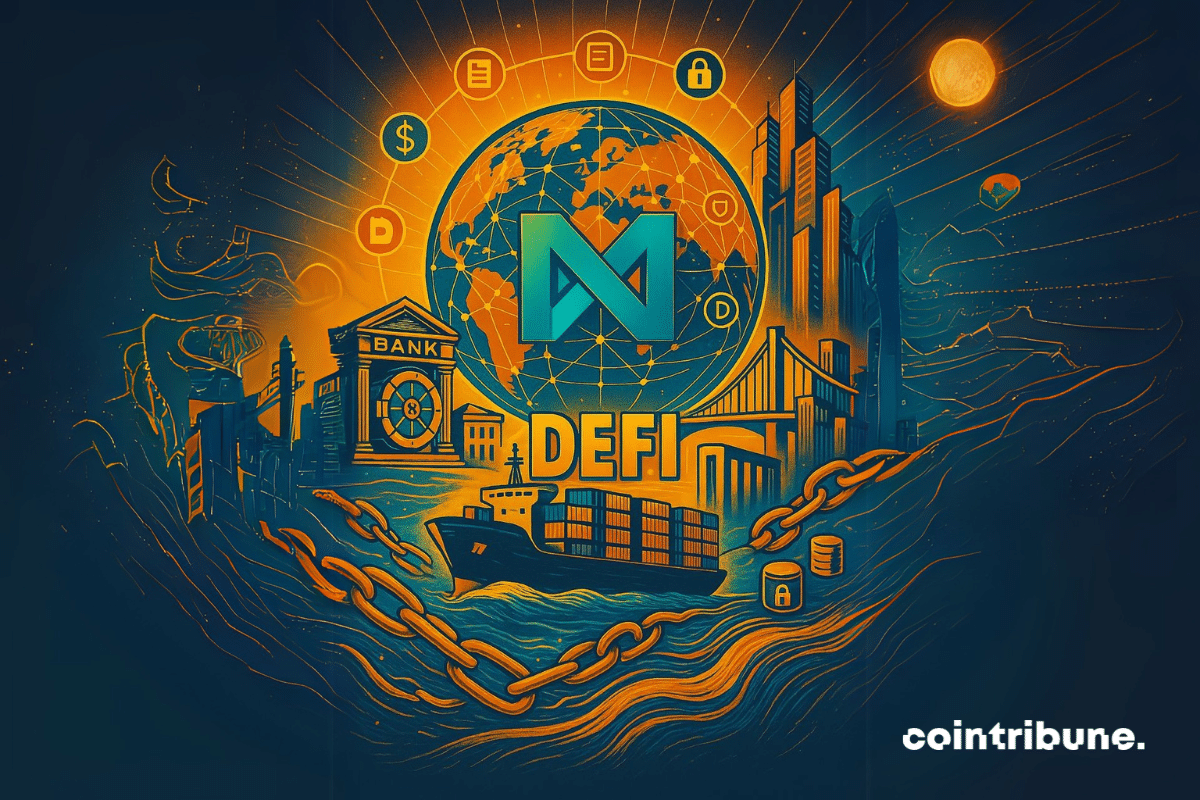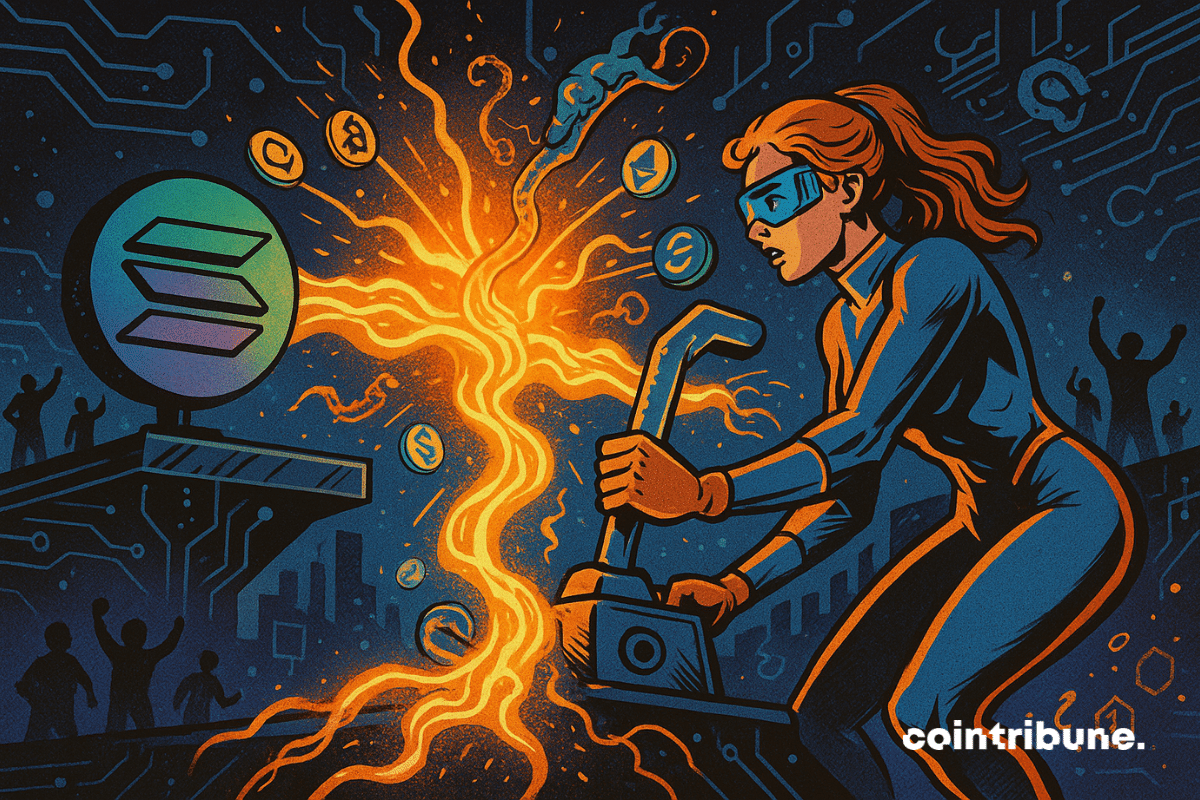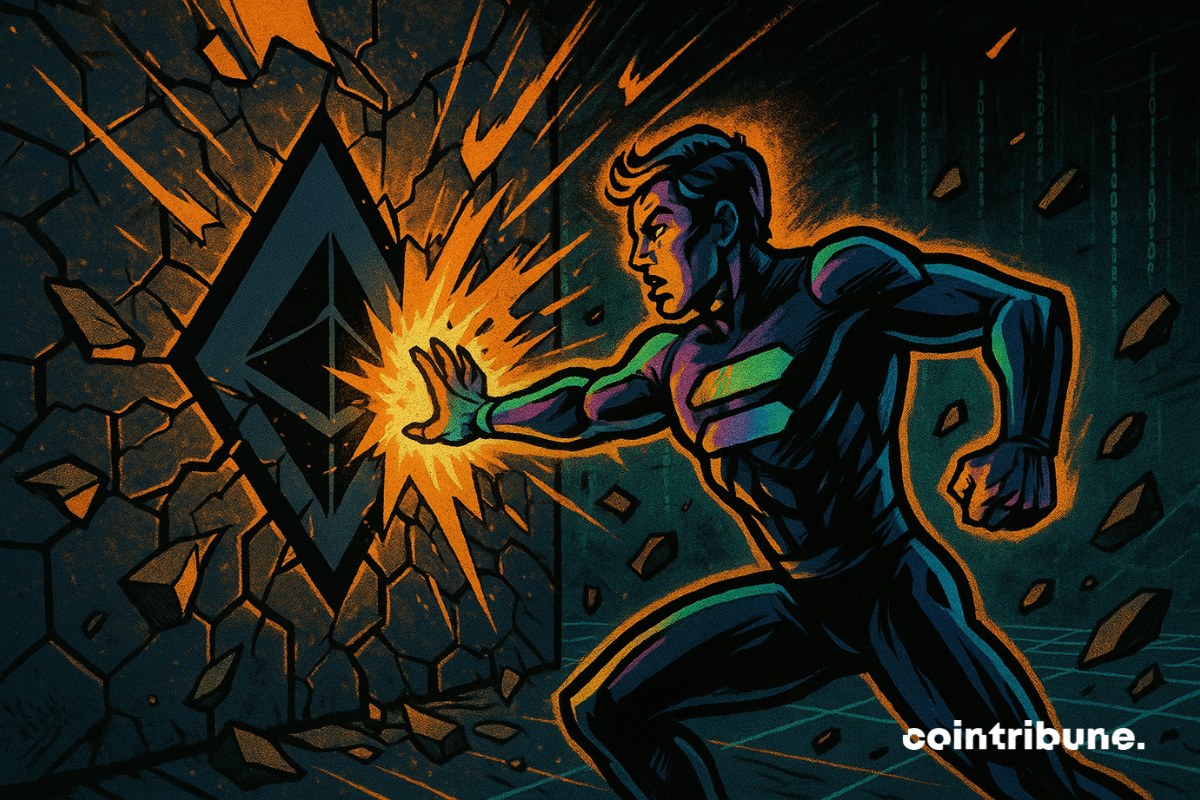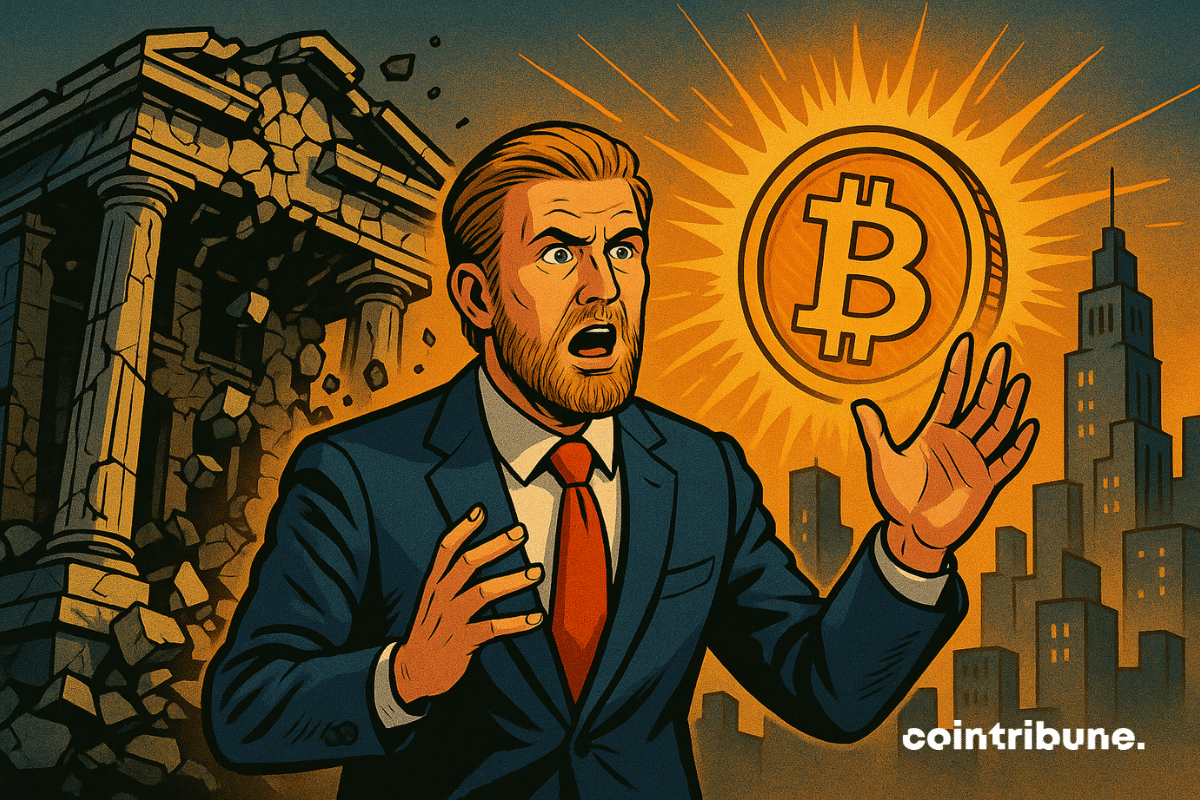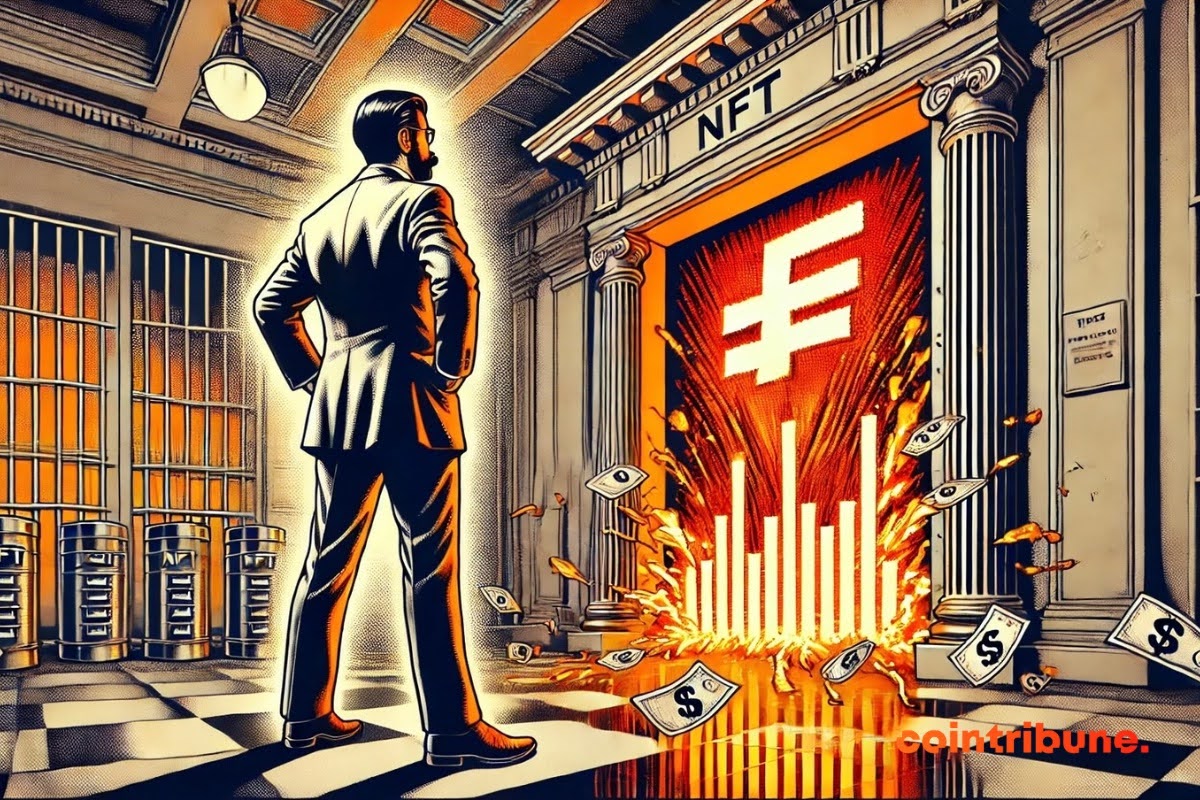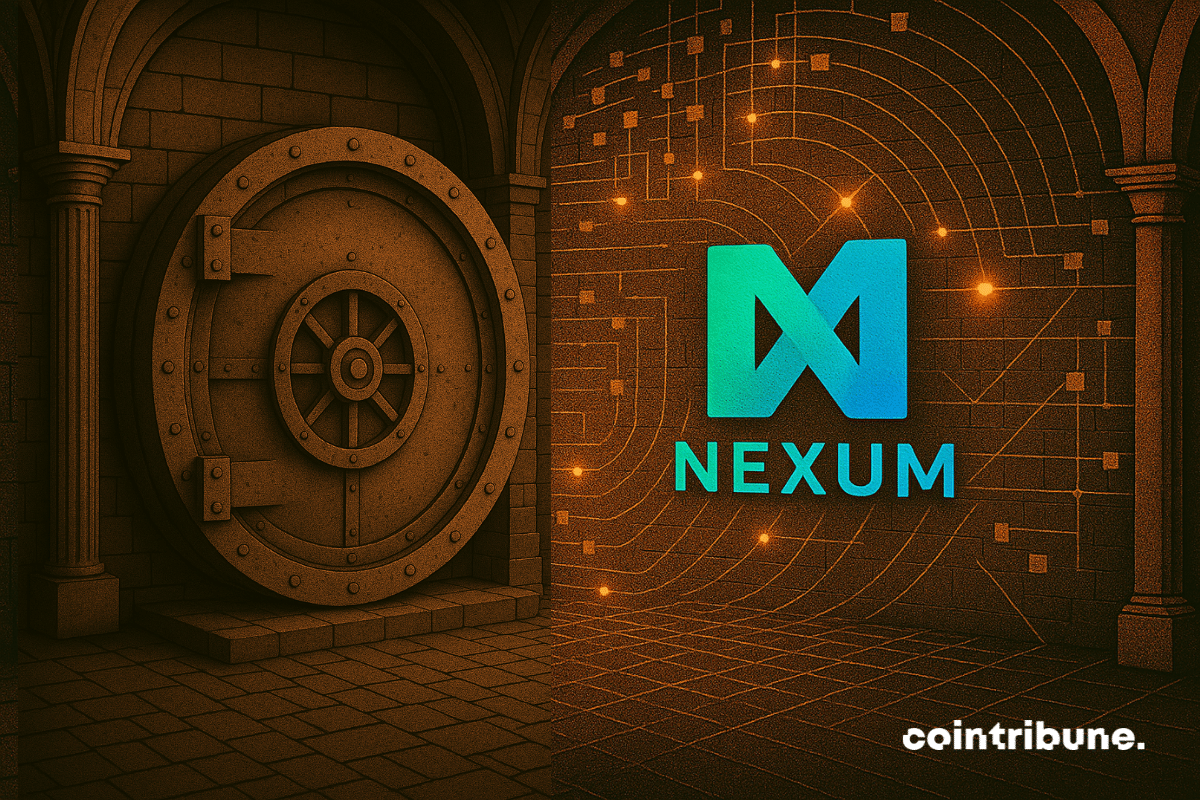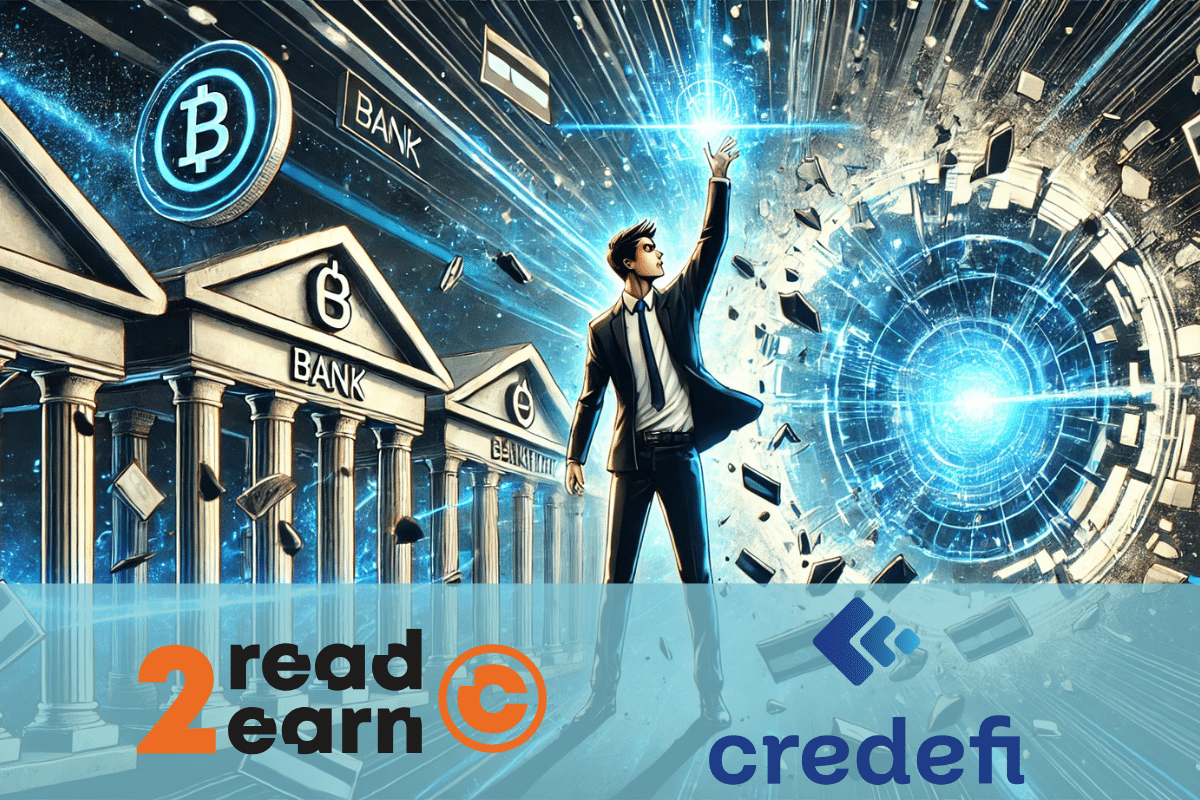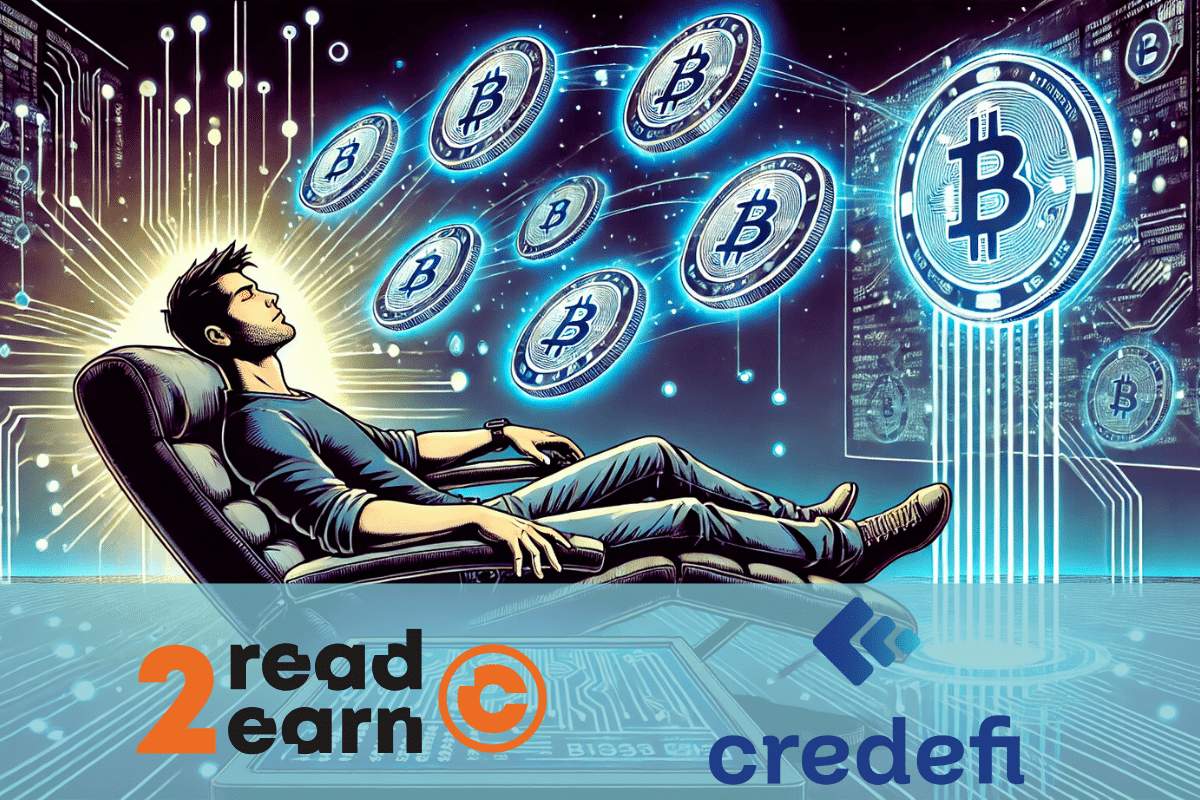World Liberty Financial is preparing to make its WLFI token tradable while rolling out a stablecoin audit and a new app to simplify crypto use.
Theme DeFi
As the lines between traditional finance and blockchain become increasingly blurred, Mastercard and Chainlink are crossing a decisive threshold. In a partnership announced this Tuesday, they unveil a fiat-to-crypto conversion solution directly on-chain, designed for Mastercard cardholders. This initiative, far from being anecdotal, redefines access to cryptocurrencies and lays the groundwork for a new era of hybrid payments between traditional finance and Web3.
DeFi is booming, billions are piling up, Aave rejoices, Maple innovates, Morpho asserts itself... What if crypto credit became the true banker of Web3?
Cardano is launching a strategic offensive in the field of decentralized finance. Charles Hoskinson, its iconic founder, is proposing to invest 100 million dollars in ADA to boost the DeFi ecosystem of the blockchain. But will this ambitious initiative be enough to reposition Cardano against an increasingly aggressive and innovative competition?
Polkadot wants to trade its tokens for bitcoin in the midst of a cryptocurrency storm. A bold maneuver that shakes purists... and makes lurking maximalists smile.
Thanks to a more favorable attitude from the SEC, DeFi governance tokens are resuming their upward trend.
In May, cryptos are surging, RWAs are skyrocketing, and Binance declares: "All is well." But behind the numbers, a creeping tokenization is quietly disrupting traditional finance…
Crypto is entering a new era in the United States. The SEC supports self-custody and defends users' freedom. Details here!
No need for an IPO for Tether: while others seek funding, USDT prints its way. A cryptocurrency that breathes loud, very loud... but always behind closed doors.
"MiCA not even digested, here is Brussels already sharpening its axe against DeFi: another crypto-legislation to silence the rebel codes before 2026?"
Present since 2017 under the name EthLend, Aave reflects the transformation of DeFi. Indeed, five years after the DeFi Summer of 2020, during which decentralized finance emerged from its embryonic phase, this new economic sector has entered a new phase.
Solana is currently going through a consolidation phase between $164 and $185, oscillating around $174. Paradoxically, this technical pause is accompanied by a remarkable vibrancy of its DeFi ecosystem. Will this momentum be enough to propel SOL beyond its current consolidation zone?
NFTs have lost their magic, but tokenized real assets could give them a second wind. Is crypto playing its last card?
As the crypto market fluctuates between hopes of recovery and signals of caution, a discreet indicator draws attention: the evolution of staking on XRP. Despite recent upward movements, on-chain data reveals a clear decline in engagement on the XRP Ledger network. This disinterest, which contrasts with the apparent momentum of the crypto, could reflect a general loss of confidence among investors in the project's short-term viability.
The maritime industry, a pillar of global trade, has long been grappling with outdated financial systems. Companies must manage inefficiencies, slow processes, and fraud risks, complicated by the complexity of cross-border transactions and compliance with multi-jurisdictional regulations. These challenges limit access to capital, delay transactions, and lead to an overall lack of financial transparency. With traditional institutions hesitant to engage, the industry faces significant gaps in financial solutions.
Is the era of isolated blockchains coming to an end? This is, in any case, the strong signal sent by Chainlink, which has just activated its CCIP interoperability protocol on Solana. Thus, this integration marks a strategic turning point, both for technical infrastructures and for capital flows in DeFi. By connecting Solana to giants like Ethereum and BNB Chain, Chainlink is expanding its interoperable network to a non-EVM ecosystem, an unprecedented step with significant consequences for multi-chain markets.
In a crypto market saturated with promises, Solana imposes its numerical reality. Long seen as an outsider, the blockchain has just surpassed several heavyweight players in the sector, showing a record TVL, significantly rising fees, and sustained DeFi adoption. While SOL surged by 24.8% between May 6 and May 10, on-chain indicators confirm a strong momentum, far beyond just market effects.
Under the guise of progress, Paris is rolling out the red carpet for crypto lombard credit... but the banks couldn't care less, and Bercy is already pulling out the calculator to tax the bold.
The Bitcoin DeFi ecosystem shows contradictory signals. The Rootstock platform records a spectacular increase in its network security in the first quarter of 2025, even as the total value of investments and user activity significantly decline.
AI in crypto: an impressive breakthrough! AI DApps challenge the leaders of Web3. Analysis of the figures from DappRadar.
And what if banks, the secular pillars of global finance, were living their last years? This is not the warning of a crypto maximalist, but that of Eric Trump. From the podium of Liberty University, the businessman warned: without rapid adoption of cryptos and blockchain, banks could disappear within a decade. Thus, in a context where decentralized finance is gaining ground, this position reveals the flaws of a rigid system faced with a rapidly accelerating technology.
Web3 marks a significant transformation of the Internet. It relies on decentralized technologies like blockchain to provide users with greater autonomy. This approach alters data management and strengthens digital ownership. In the video game industry, Web3 introduces innovative platforms and games. These new infrastructures grant players complete control over their assets and allow for the emergence of open virtual economies. Web3 games disrupt traditional models by integrating NFTs, cryptocurrencies, and smart contracts. This article analyzes these advancements, explains how they work, and examines their influence on the future of gaming.
Web3 gaming relies on blockchain technology to offer a more transparent and autonomous gaming experience. This technology securely records digital assets and transactions. Web3 promises decentralization by eliminating intermediaries and granting players true ownership of their virtual items. On their part, NFTs and smart contracts ensure this autonomy and promote an open economy. However, this decentralization remains theoretical in many cases, as some games retain centralized elements. This article explores the reality of Web3 gaming by analyzing its actual level of decentralization.
Despite a bleak market climate, Ethereum is sending a strong signal: 449,000 ETH have been transferred in one day to accumulation addresses, an all-time record. This strategic movement, observed amid falling prices, reveals a persistent confidence among some long-term investors. Contrary to the prevailing sentiment, this operation raises questions about a possible cycle change, as volatility remains high and economic uncertainties continue to weigh on the entire crypto sector.
The traditional bond market remains complex, opaque, and reserved for an elite. Credefi is shaking up these norms by launching NFT Bonds, an innovative solution that makes investing in corporate bonds accessible, transparent, and profitable for everyone, thanks to the tokenization of real assets and the power of DeFi.
In the bustling city of Dubai, a company named Nexum has been quietly working behind the scenes for years to build a solution that could revolutionize global financial management. With blockchain technology at the core of its approach, Nexum's mission is to bridge the gap between traditional financial systems and the decentralized future. Its goal: to offer solutions that are both innovative and tailored to the real needs of industries such as maritime transport, trade finance, and commodities. As global economies face inefficiencies and regulatory challenges, Nexum's blockchain-powered solutions provide a pathway to a future where financial transactions are faster, more secure, and more inclusive.
Bitcoin is playing the star, but altcoins are sharpening their promises. Between wild memecoins, restrained regulators, and creative projects, 2025 could well offer a dance of outsiders.
Cointribune is happy to invite you to participate in its new Read to Earn (R2E) quest on Credefi. This unique initiative not only allows you to earn crypto rewards but also to deepen your knowledge about this DeFi platform and the tools to succeed in this crypto field.
Crypto loans provide an alternative to traditional financing, offering borrowers a fast, flexible, and accessible solution. Unlike banks, these loans allow access to capital without intermediaries, ensuring transparent and secure conditions. Credefi stands out in this sector by combining decentralized finance (DeFi) and traditional finance (TradFi) to offer loans backed by real-world assets (RWA). By leveraging smart contracts, the platform automates fund management and reduces risks. This article explores how crypto loans work on Credefi, the available solutions, and their applications for businesses and investors.
Staking has become one of the most popular ways to generate passive income in the DeFi universe. It allows investors to lock their tokens to secure a network while receiving rewards in return. Credefi offers an innovative staking model based on Module X, a mechanism designed to provide competitive yields while protecting investors. With its governance token xCREDI, participants benefit from enhanced security and a more direct involvement. This article explores how staking works on Credefi, its yield opportunities, and the best strategies to maximize profits while minimizing risks.
